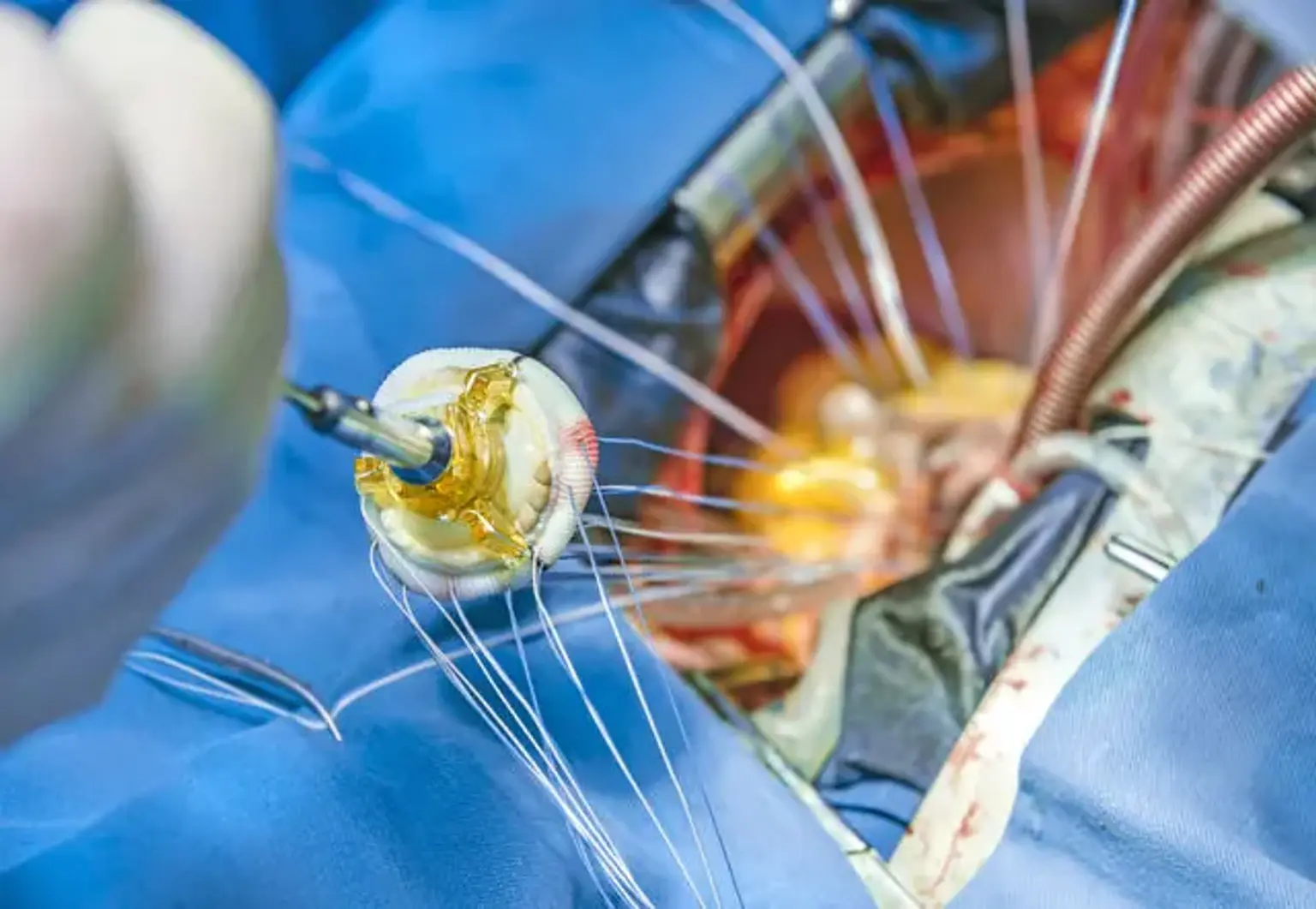Heart Valve Surgery
Overview
Heart valve surgery is a solution for heart valve disease. Heart valve disease occurs when at least one of the four heart valves fails to function correctly. Heart valves keep blood flowing through the heart in the right way.
The mitral valve, tricuspid valve, pulmonary valve, and aortic valve are the four heart valves. Each valve has flaps, which are called leaflets for the mitral and tricuspid valves and cusps for the aortic and pulmonary valves, respectively. During each heartbeat, these flaps should open and close once. Blood flow via the heart to the body is interrupted when valves do not open or close appropriately.
In a healthy heart, valves direct the flow of blood in one direction through the heart and the body. If a valve fails to function properly, blood flow and the delicate network of blood arteries that transport oxygen throughout the body are disrupted.
